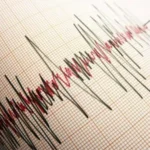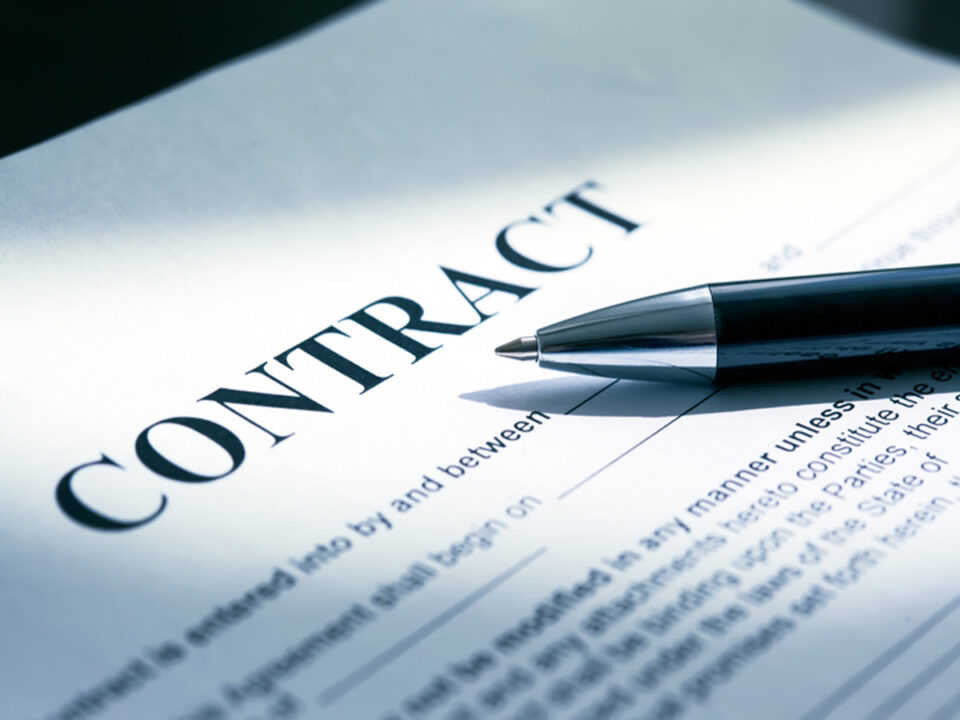
State and Municipal Liability After an Earthquake: Legal Framework and Compensation Rights
11 August 2025
Liability of Contractors for Buildings Collapsed in Earthquakes: Legal Grounds and Compensation Rights
11 August 2025The Compulsory Earthquake Insurance (DASK) is regulated under Law No. 6305 on Catastrophe Insurance and covers material damages to buildings caused by earthquakes and subsequent events such as fire, explosion, tsunami, and landslides.
Filing a DASK claim after an earthquake is the first and most crucial step for policyholders seeking compensation.
This article outlines the DASK compensation process step-by-step, explaining the legal points to consider during the application and ways to prevent loss of rights.
1. Legal Basis
The DASK system operates within the framework of:
- Law No. 6305 on Catastrophe Insurance
- Turkish Code of Obligations (TCO) – Articles 140 et seq. (insurance contracts)
- Regulations of the Insurance and Private Pension Regulation and Supervision Agency (SEDDK)
2. Scope of DASK Coverage
A DASK policy provides building-based coverage only. Main covered events include:
- Direct material damages caused by an earthquake
- Fire, explosion, tsunami, and landslide resulting from an earthquake
- The coverage amount is limited by the per-square-meter value and the maximum sum insured stated in the policy.
Exclusions from Coverage:
- Damage to household goods
- Moral damages
- Loss in the value of land or plot
3. Steps for Filing a DASK Claim After an Earthquake
a) Damage Assessment and Notification
After the earthquake, the policyholder must notify DASK of the damage within 15 days.
Notification methods:
- DASK call center
- Through e-Government (e-Devlet) portal
- Via the insurance company
Required information: Policy number, building address, description of damage.
b) Appointment of an Adjuster and Inspection
According to Article 13 of Law No. 6305, DASK must appoint an adjuster within 3 business days of receiving the claim notification.
The adjuster will inspect the damage on-site and prepare a report.
c) Calculation of Compensation
The compensation amount is determined by:
- The per-square-meter unit value in the policy
- The size of the independent unit
- The rate of damage
The DASK Regulation governs the calculation methodology.
d) Payment Process
Under Article 15 of Law No. 6305, DASK must pay the compensation to the beneficiary within 1 month after the completion of the adjuster’s report.
4. Legal Objection and Litigation Process
If the policyholder believes the compensation paid by DASK is insufficient, they may:
- Object to the adjuster’s report
- Request an independent expert review
- Apply to the Insurance Arbitration Commission (Article 30 of the Insurance Law No. 5684)
- File a lawsuit in general courts
Statute of Limitations: Under TCO Article 142, claims for insurance compensation are subject to a 2-year limitation period.
5. Tips to Avoid Loss of Rights
- Do not carry out repairs before the damage assessment; preserve evidence.
- Be present during the adjuster’s inspection.
- Keep all correspondence and documents.
- Verify the square meter figures used in the compensation calculation.
- Seek legal assistance from a lawyer specialized in insurance law.
Filing a DASK claim after an earthquake must be handled meticulously to ensure full and timely compensation.
Knowing the application deadlines and objection procedures is critical to preventing loss of rights.
Obtaining professional legal support during the DASK compensation process can help the case proceed quickly and end in your favor.





